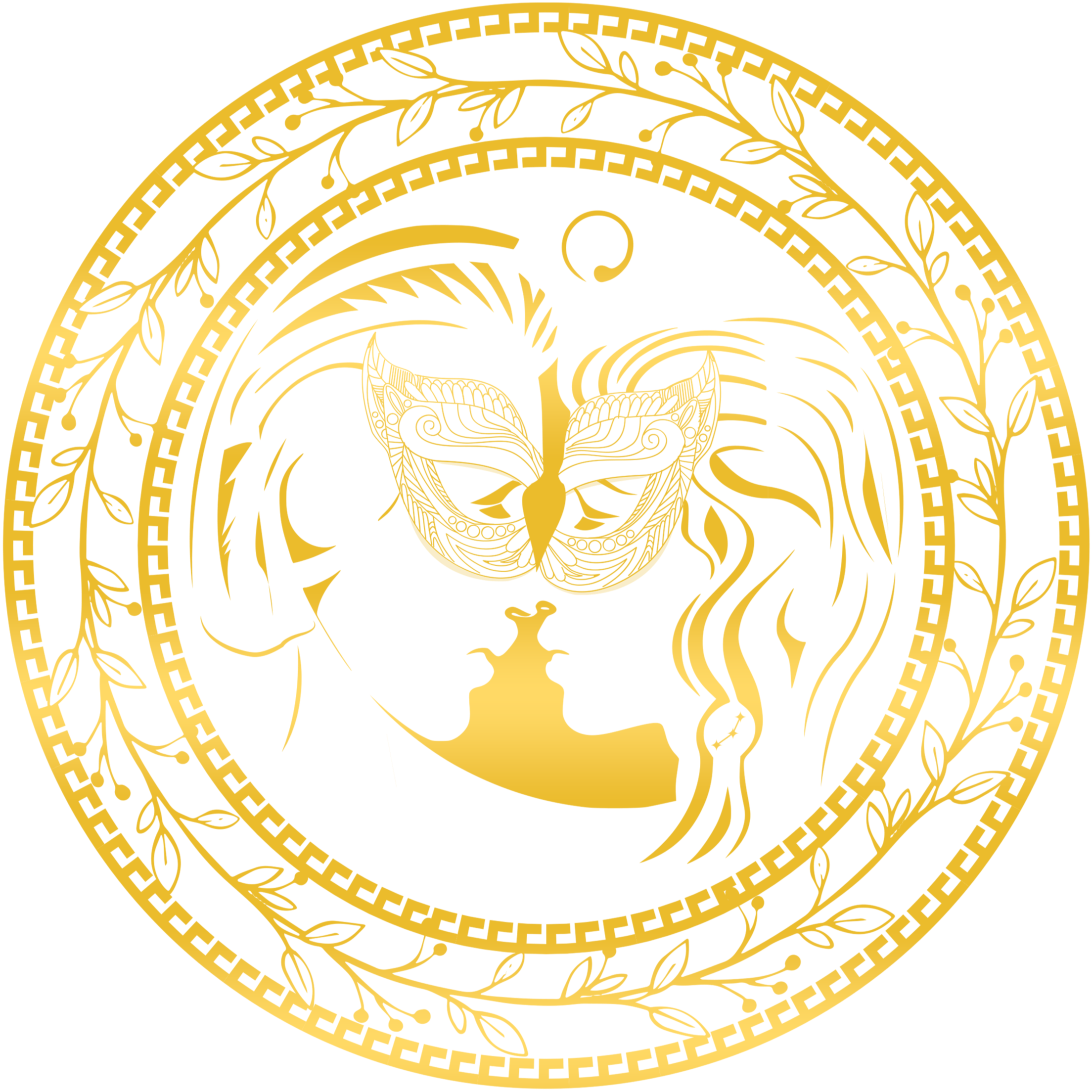
Harmful Ingredients to Avoid in Hair Products
Share
Navigating the world of hair care can be a maze of glossy promises and hidden pitfalls. For those conscious about their health and the environment, steering clear of certain harmful ingredients is a top priority. This guide will help you identify toxic chemicals and hazardous substances that lurk in some hair products.
Understanding Labels
Reading labels is your first line of defense when it comes to avoiding bad ingredients in hair products. However, it can be challenging when faced with long, scientific names that are hard to pronounce, let alone understand. Stay informed by familiarizing yourself with the names of common toxic chemicals and their possible effects.
The Usual Suspects
When scanning labels, keep an eye out for these notorious offenders:
- Sulfates (Sodium Lauryl Sulfate/Sodium Laureth Sulfate): These detergents are known for their deep cleaning properties but can strip hair of natural oils, leading to dryness and irritation.
- Parabens (Methyl, Propyl, Butyl, and Ethyl Paraben): Used as preservatives, parabens can mimic estrogen and disrupt hormonal balance.
- Phthalates: Often hidden under 'fragrance', these chemicals are linked to reproductive issues and hormonal imbalances.
- Formaldehyde and Formaldehyde-Releasing Preservatives: Known carcinogens, these are used to prevent microbial growth but can also trigger allergic reactions.
- Alcohol: Certain types of alcohol can dry out hair; look out for propyl, isopropyl, propanol, and SD alcohol 40.
The Risks of Exposure
by Liubov Ilchuk (https://unsplash.com/@liubovilchuk)
The risks associated with exposure to these harmful ingredients range from immediate allergic reactions to long-term health issues. It's not just about the health of your hair but your overall wellbeing. Toxic chemicals can be absorbed through the scalp and enter the bloodstream, potentially causing a variety of health problems.
Short-Term Effects
These may include scalp irritation, hair breakage, and dermatitis. Some individuals may experience severe allergic reactions, necessitating immediate discontinuation of the offending product.
Long-Term Health Concerns
Extended use of products with hazardous substances can contribute to more serious health issues like hormonal disruption, reproductive problems, and even cancer.
Safer Alternatives
Fortunately, the hair care industry has seen a surge in the availability of products free from these toxic ingredients. Look for labels that promote themselves as 'sulfate-free', 'paraben-free', and 'phthalate-free'. Natural and organic hair care lines often provide safer alternatives that are gentle on your hair and your health.
Embrace the Natural
Natural oils, herbal extracts, and proteins are excellent substitutes for the harsh chemicals found in conventional hair products. They can nourish and strengthen hair without the negative side effects of their synthetic counterparts.
The Bottom Line
Choosing the right hair care products is essential for maintaining healthy hair and a healthy body. By being aware of and avoiding toxic chemicals and hazardous substances in your hair products, you can protect yourself from unnecessary risks.
Remember, the power is in your hands – always read labels, do your research, and opt for safer, natural alternatives when possible. Your hair, and your health, will thank you for it.
If you've found this guide helpful or have any personal experiences to share, feel free to leave a comment below.

